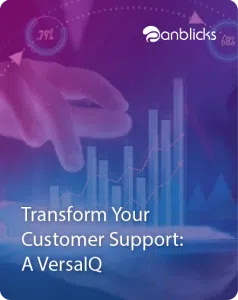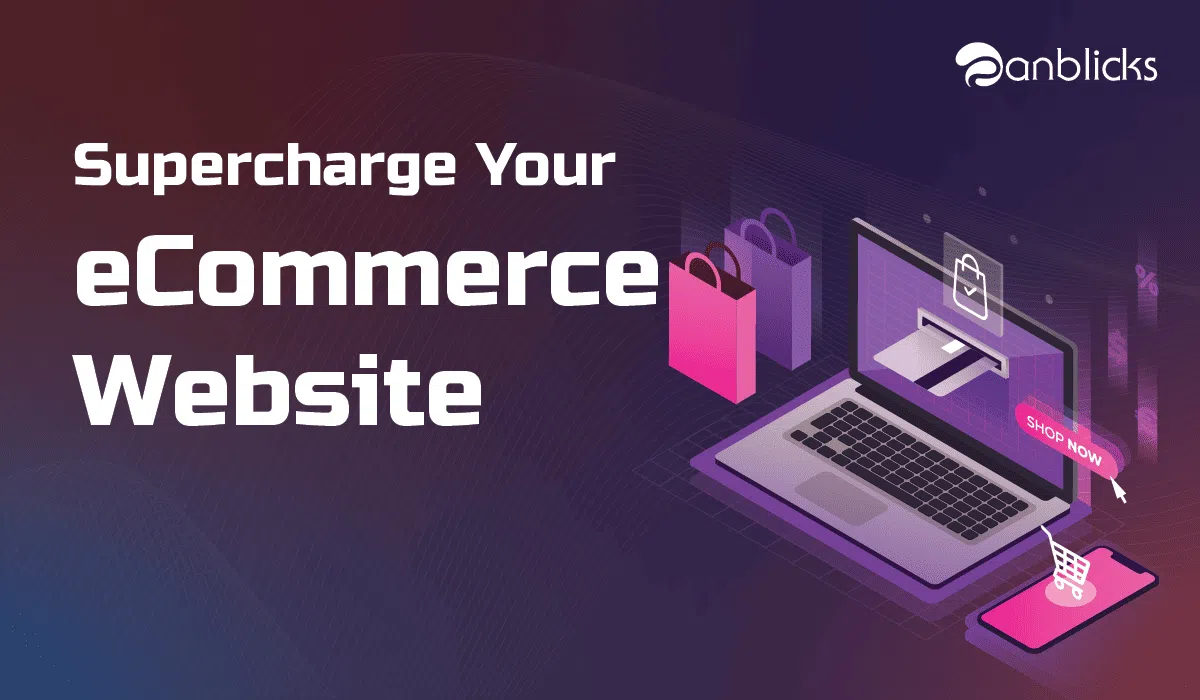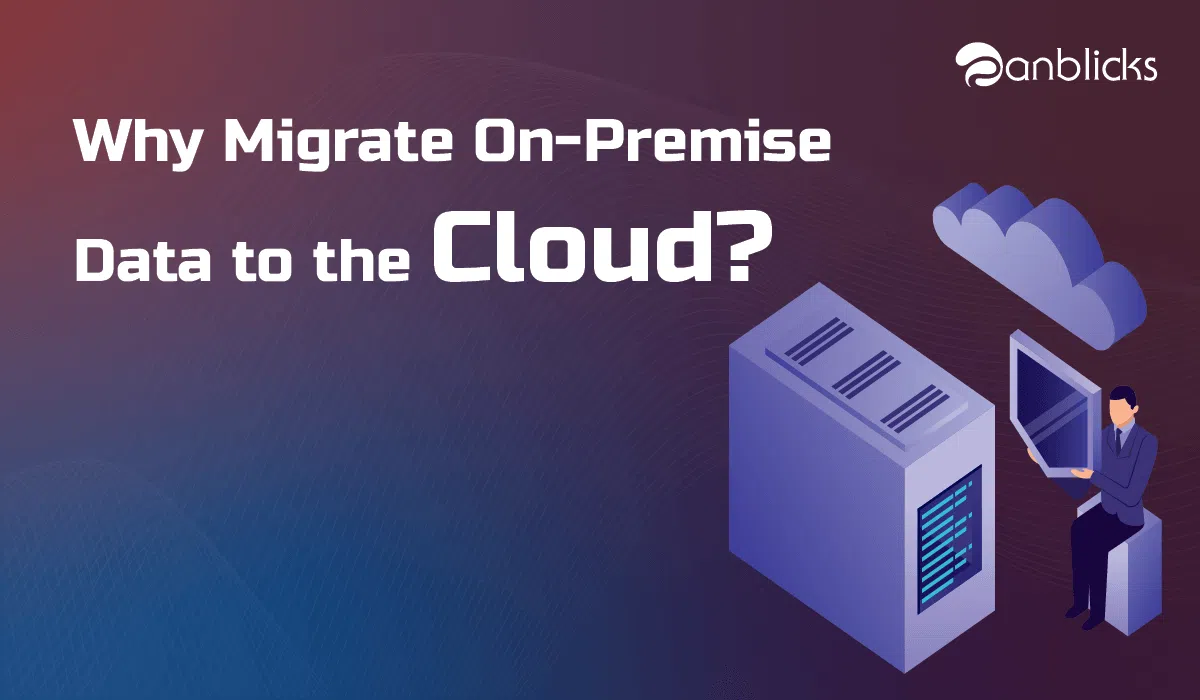TL;DR
- Optimize loading speed through image compression and minimizing HTTP requests.
- Streamline navigation with clear categories and intuitive layouts.
- Ensure mobile responsiveness for a better shopping experience on devices.
eCommerce market is highly competitive, where website performance and speed play a major role. Appealing offers and product selections are not sufficient for getting ahead of the competition. Besides these two deterrents, user experience is also an important factor.
User experience comprises website friendliness, site reliability, and speed. Out of all the mentioned factors, website speed is another major factor because somehow, it directly impacts sales and conversions. Page load time of the website is a deciding factor in determining rank in Google search results.
According to Radware, “It takes only 3 seconds for a customer to disregard a page if it does not load quickly.” According to New York Times statistics, people will visit a site less often if it’s slower than close competitors’ by more than 250 milliseconds.
With so many eCommerce options available online, it takes only a few seconds for the user to switch to other options. Each millisecond can have a huge impact on purchasing behavior and the decision-making process.
We often come across few sites that drive a huge amount of traffic, but all the efforts go in vain if your customers do not complete the intended actions for the website. Though optimization and conversion rate might sound very easy to achieve in real aspects, it isn’t easy to implement these things.
11 tips to enhance eCommerce Website Performance
There is no hard and fast rule that guarantees conversion rate, but few practices can improve website performance and convert your visitors to customers if followed.
1. Clear, well-defined goal of eCommerce website
The eCommerce website should have a clear, well-defined goal that explicitly serves business goals and the needs of potential customers. The website should ensure that it showcases its unique value proposition by giving the right information at the right time. The unique value proposition will actually include design, messages, media, content, services, and overall experience.
2. Understand your customer
To convert site visitors to customers, which is the main goal of conversion rate optimization, it’s essential to understand your customers and their behavior. The website should be tailored keeping in mind the target customer and the quantitative data such as google analytics, sales trends, and qualitative data from customers.
3. Easy navigation
To attain a high conversion rate, it is essential that the website should have easy navigation. This becomes an important factor in how many click-throughs it takes for a customer to purchase from your site.
The longer the process will be, the more the chances will be of visitors leaving without checking out or opting-in to receive any information from you. It has become vital that the website should be mobile responsive as well as nowadays most people access the web through mobile.
Goals for Migrating SQL Server to Azure
4. Analyze data and make decisions for site optimization
Based on the results of Google Analytics and other visitor tracking software, try to find out the reason behind the switching of visitors from your site to a competitor’s website. Based on these findings, make tweaks, try out A/B testing, and find out the more successful method in converting visitors to customers.
5. Strong online presence by SEO
It takes time to rank your website higher in google search results. Therefore, it becomes mandatory that pages have accurate titles, proper meta tags, and appropriate keywords.
6. Use high-quality product images
The goal of the eCommerce website should be to give customers an experience as real as possible which makes them feel as if they are buying products from a physical store. Therefore, use high-quality images.
7. Use high-quality product description
Along with high-quality product images, product description also plays an important role. The product description mentioned on the website should provide a solution to your customer’s pain points.
8. Improve Categorization
The more organized your online store will be, the lesser your customers’ chances of bouncing back. An organized online store provides an easy search to the customers and keeps them inflow.
9. Plan out multiple marketing strategies
Relying on a single marketing strategy of Paid ads might put you in a trap. There might be chances that utilizing only one strategy might not work, or you may lose out large potential customer base and conversions.
Therefore, it’s advisable to diversify your marketing strategies like PPC, paid ads with organic search optimization, Social Media Marketing, Email Campaigns, etc.
10. Message of the PPC and Paid Ads in alignment with website experience and Unique Value Proposition
Ads need to match the offerings of the website. Everything related to the site, from color schemes to pictures, ads, copy, and forms, should display the same message. Random or mixed messages make customers feel lost, which might redirect them to the wrong landing page.
11. Relationship building through Social Media Presence
The best way to showcase your brand is through social media platforms. Sharing content and company announcements on social media sites allows you to engage with your customers. It also allows your customers to spread electronically in the form of posts, comments, reviews, and feedback.
These are the best practices that can enhance an eCommerce website’s performance. Another powerful and stable eCommerce platform is Magento 2, which plays a vital role in enhancing website performance and making it faster. In addition to social media, it has default SEO features that bring the buyers and sellers forefront and provide ease to them to shop online.
Feel free to connect with our experts and understand how you can enhance your eCommerce website performance.

Anblicks is a Data and AI company, specializing in data modernization and transformation, that helps organizations across industries make decisions better, faster, and at scale.








